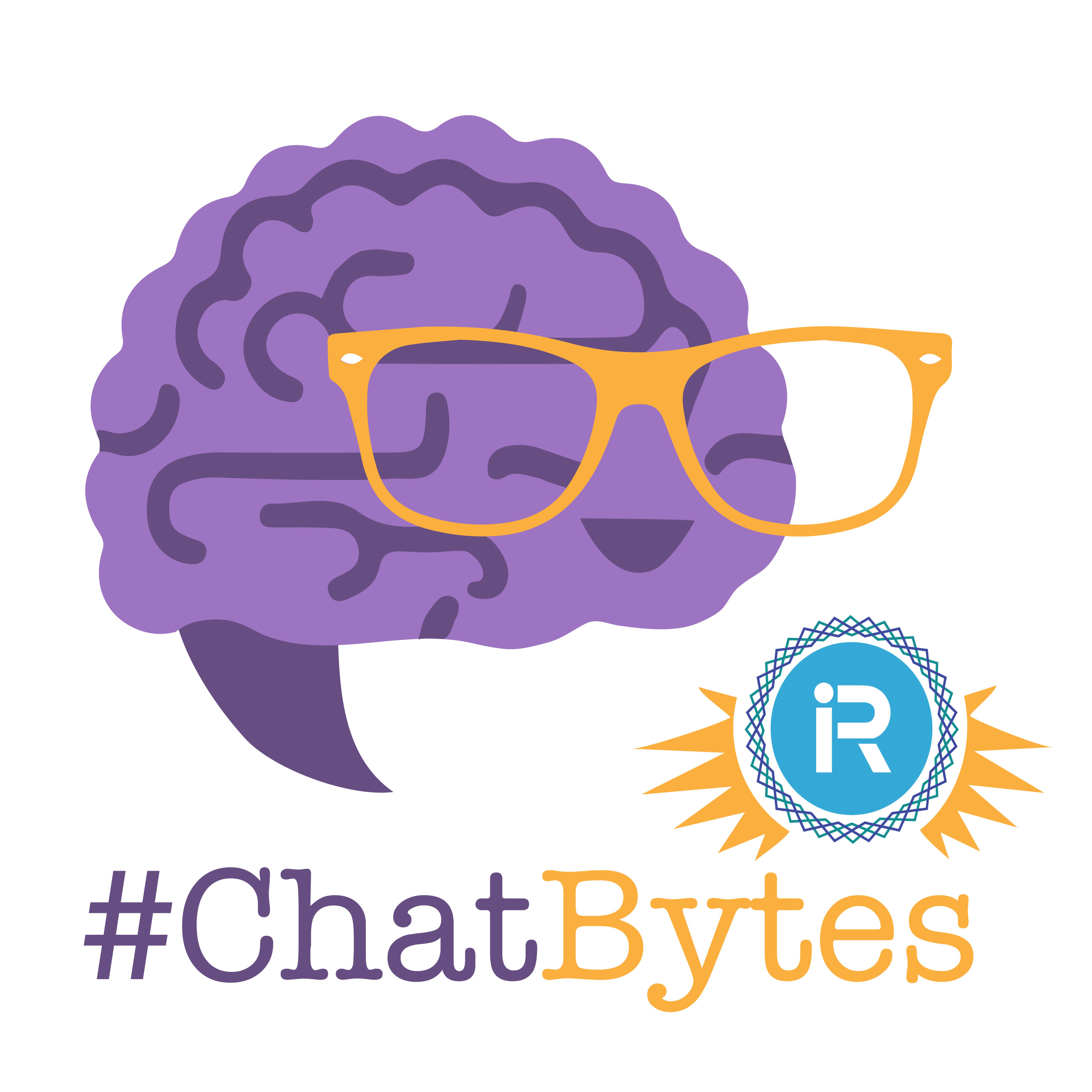by Rhode Warrior Blogger, Mark Noll
 Prospect Research has gone through some very interesting changes since I started back in the late 20th century. When you consider that my first office was in the library and my job consisted of poring over dusty volumes large enough to strain your back, progress has been a welcome friend. As I look back over the years and the advances we have made in both our abilities and our output, I have to ask myself, “Where do we go from here?”
Prospect Research has gone through some very interesting changes since I started back in the late 20th century. When you consider that my first office was in the library and my job consisted of poring over dusty volumes large enough to strain your back, progress has been a welcome friend. As I look back over the years and the advances we have made in both our abilities and our output, I have to ask myself, “Where do we go from here?”
On the positive side, data analytics is growing to the point of being a necessity rather than a luxury. The ability to mine out what otherwise may be overlooked is invaluable. The advances in technology and the availability of information have taken our roles as researchers from a questionable need in the past to a required commodity today.
We continue to mine out information. We keep synchronizing data from various sources both internal and external. We keep meticulous records and are forever looking for that next big prospect.
But all that is “business as usual.” What has changed?
Tax Incentives for Philanthropy
Well, let’s start with most recent game-changer. One area that might compromise our ability to perform our jobs in the near future is the recent tax law. The Tax Cut and Jobs Act has redefined our roles in ways that may be both obvious as well as obscure. For example, the standard deduction for families will rise from $12,700 to around $24,000. As a result, some estimations project that the number of families itemizing their deductions will drop from around 30% of filers to between 5-12%.
Will this impact donations? Many say it will not, but being the skeptic that I am, I have to disagree, especially when it comes to those making high-end annual gifts. The word “altruism” could be sorely tested over the next few years.
On the brighter side, corporations may fill the gap left by lost donations since their tax levels have fallen from 35% to 21%. However, the aforementioned skeptic in me does not put much faith in corporate largess. Fact is, a change in government administration could make this wonderful windfall go away – so best to stockpile the Franklins while the opportunity exists.
Sure there may be more donations to the local community. But my suspicion is that it will be disproportionate to the amount saved by the tax decrease. Much of that can already be seen in how few companies have “shared the wealth” from the lower tax rate.
The new tax law not only impacts WHAT is given, but may also be impacted by WHEN it is given. Under the new tax law, Prospect Researchers are likely to become familiar with the term “bunching.” Simply put, it is the act of holding off on making a donation until a large enough sum is accumulated over the years to make a contribution that qualifies for a charitable write-off.
Remember the old practice of a 5-year gift? I predict that it will transform into “sometime within 5 years” rather than “every year over 5 years.” I can see myself telling my grandchildren about “how we used to raise money in my day.”
Donor Advised Funds
If one wants to see where the most obvious impact on philanthropy will occur, one need look no further than to my old friend, The Donor Advised Fund. Yes, the bane of many fundraising organizations, the Donor Advised Fund has once again found a way to impose itself in the world of charity in the name of profit.
Recent estimates state that 300,000 DAF’s are holding nearly $85 billion….and that was a 2016 figure. A mere pittance! Charles Schwab reported a 91% spike in DAF’s in the second half of 2017. And why not? Donor Advised Funds are the only thing in this world I can think of that you can give away and still have it in the end.
Yes, there is no law that states that the money “contributed” to a DAF needs to eventually be donated. Of course, many good-willed individuals have every intention to donate these funds – but not all. In fact, why donate the money when it is still earning interest in Chuckie’s cookie jar? If there is no law that states WHEN the money has to be given, why rush to give the interest earning asset away?
Truth is, DAF could come to be better known as Donate And Forget.
Political Impact
The ultimate irony here is that this windfall – if you will – could go away if the current sitting political party is supplanted by the other party. One might look back at this period as a “Take the Money Run” era, but the fact is, it has changed the dynamic of charitable giving in the near future.
The political and legal dynamic that has changed the face of philanthropic giving today may pale in comparison to what lies down the road. Of course, nobody can say for certain, but I have some ideas that I would like to share.
Let Me Tell You a Story about Data
Consider for a moment the fact that data is growing at an incredibly rapid pace. By 2020 the new information generated per second for every human being will approximate amount to 1.7 megabytes. The rate at which data are created will also increase exponentially. For instance, 40,000 search queries are performed per second (on Google alone), which adds up to 3.46 million searches per day and 1.2 trillion every year.
And all this information is not sitting around idle. Within the next few years, a minimum one-third of all data will be stored and analyzed using cloud computing. It’s being stored and computed today, but not at the levels of what is to come.
All this information being analyzed will yield some interesting dynamics. What is absolutely mind-boggling is that what will occur over the next few years will be puny in comparison to what lies further ahead in the future. Indulge me if you will…
The world of technology is on the brink of a major breakthrough
Currently computers work on a binary code; basically, 0 and 1. But what if that changed? Visionaries suggest we are only a few years away from this technological breakthrough. Were this to happen, then the potential for processing speeds would accelerate by one million times the capacity of ALL computers today.
When Binary gives way to what is known as the Cubit we enter a new stage in data computations. At 300, Cubits you can encode all the atoms of the universe. Think this is far down the road? Aerospace giant, Lockheed Martin, as well as other manufacturers, are already working on this to get a jump ahead of the competition.
It’s my opinion that it is not a matter of if, but rather, when. All the advances of the world were thought to be impossible at one time, and yet, they are here today. We should not be so naïve as to think that we have harnessed all the computing power there is to be had in the world. We are just scratching the surface.
This quantum leap (no pun intended) will occur and when it does, life as we know it will be changed forever. Even Prospect Researchers may find themselves redefining the role, but then again, so will everyone else.
Another Career …in Shadows
It is somewhat disheartening to me when I think back on my career in the prospect research field. How could 20-plus years have passed? Where did all that time go? I have seen so many advancements in hardware and software, in how we perform our roles, what we deliver to the Development team, and how we grew from a luxury to a necessity.
But now I see what lies ahead and realize the advances I have witnessed over the course of my career will be dwarfed by the technological advances that lie ahead. Much like the way the industrial revolution changed the way of the world years ago, the technological advances that lie ahead will very likely catapult us into another realm.
It all makes me feel somewhat ambivalent. Am I going to miss out on the most challenging changes yet to our field? Then again, maybe that’s a good thing.

